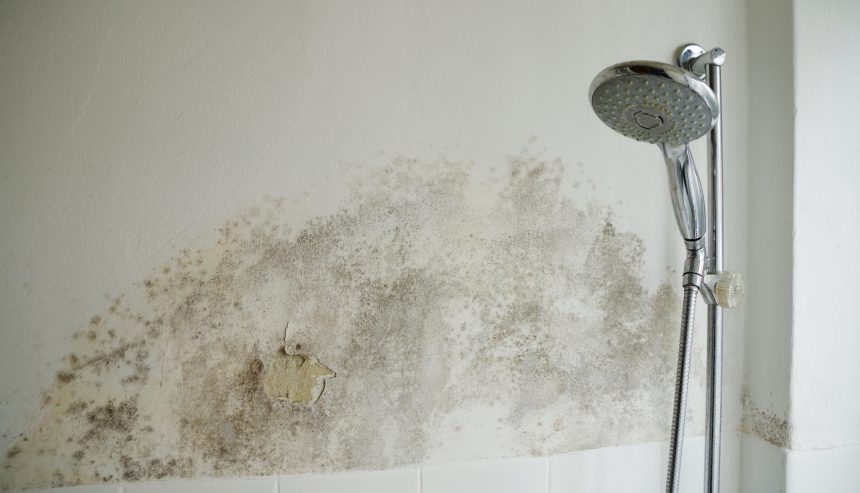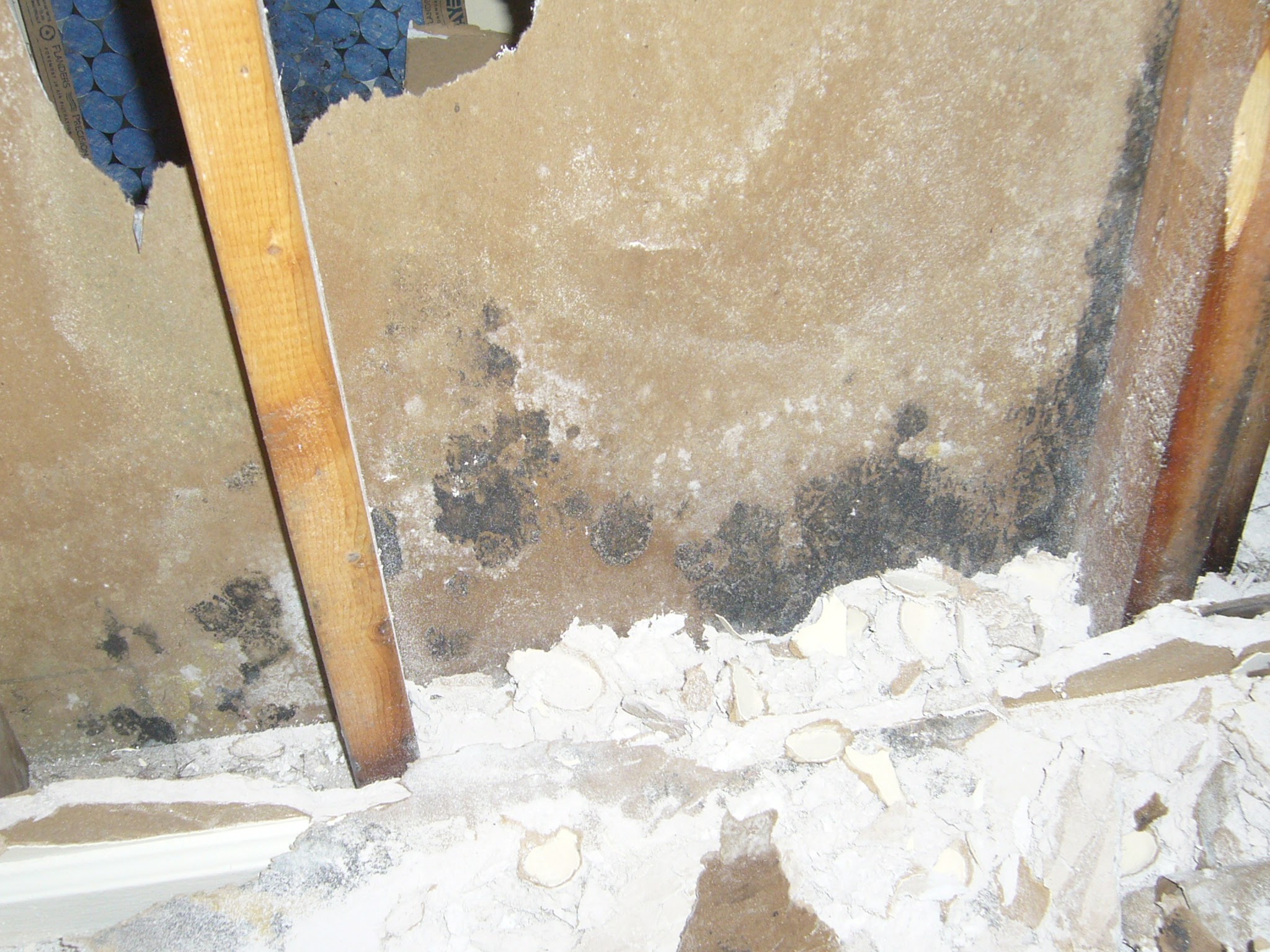We've encountered this article pertaining to Looking for Signs of Water Damage in the Bathroom down the page on the web and believe it made good sense to write about it with you here.

The shower room is incredibly vulnerable for moist buildup as well as prospective water damage due to the constant use water in it. This post provides simple examination strategies to assist spotting water damage hazards.
The frequent use of water in the washroom makes it exceptionally prone for moist accumulation and also potential water damage. By evaluating it on a regular basis, you can decrease water related problems.
The complying with set of inspections is very easy to do as well as should be done when in every three months in order to maintain your restroom in good shape and also to prevent possible water damages brought on by the tub, the shower, pipe joints as well as plumbing, sinks, cabinets, and also the bathroom
Do not neglect doing these evaluations and also be comprehensive while executing them. Bear in mind that these simple assessments can save you a great deal of money by giving early indications for water damages
Bathtub and also Shower
The shower and tub call for special attention as well as upkeep. Inspect the floor tiles as well as change if broken. Make sure that there is no missing cement between the floor tiles. Inspect as well as change cracked caulking at joints where the wall surfaces meet the floor or the bath tub. Clogged drains pipes and pipes troubles will stop the bathtub from drying as well as might indicate major troubles beneath the bathtub. Talk to a specialist right away to stop architectural damage. Take note of stainings or soft locations around the bathtub walls as they may suggest an inner leak.
Plumbing
Signs for water damage are difficult to find since many pipes are set up inside the wall surfaces.
Pay unique focus to floor covering and also walls moisture and spots as they might suggest an unseen plumbing trouble. Check moisture levels in adjoining rooms also.
Sinks as well as Cabinets
Sinks as well as cupboards are revealed to dampness and also moisture day-to-day as well as are commonly forgotten. Evaluate consistently under the sink and also on the kitchen counter over it. Fix any kind of drip in the catch as it might recommend drainpipe troubles. Browse the sink, sluggish draining pipes might suggest an obstructed drainpipe. Change sink seals if they are split or loose.
The Bathroom
The bathroom is a susceptible water joint. Inspect the water lines as well as search for leaks around the bathroom seat, in the hose pipe, as well as under the water storage tank. If you discover any type of indications of wetness on the floor around the toilet, check for leaks in the toilet rim and also container seals.
Know that hanging bathroom bowl deodorants enhances the chances for clogs.
Water Damage Signs In The Bathroom To Avoid Cleanup
Musty smell
This is one of the easiest signs to catch because musty smells are so odorous. The damp, earthy, moldy smell should be a big red flag. The smell will develop when moisture gets trapped in surfaces, and begins to facilitate mold growth. Leaking pipes under cabinets, inside walls, and behind shower fixtures will cause moisture to stay trapped and not dry, which will lead to mold growth and spread. As soon as you notice any musty smells in your bathroom, have it checked for hidden water damage and cleanup signs.
Visible mold
If the smell isn’t there to give it away, sometimes you will actually see mold growth. Finding mold in your bathroom is a serious problem, because mold is very harmful to your health. By the time mold growth is visible, it also means that water damage has already occurred and been present for some time. The only way the mold problem can be resolved is to find the source of the moisture and get it stopped. To safely and adequately remove mold, you need to have professionals handle the remediation. Do not waste any time in getting mold problems addressed, fixed, and sanitized so that you can protect you and your family from the many respiratory symptoms caused by mold exposure.
Damaged floors
Bathroom floors should be able to withstand some exposure to water while still remaining in good condition. However, when excess exposure or water leaks occur, they will begin to damage even the most water-resistant flooring. If you notice any cracking, bubbling, staining, or warping on your bathroom floors, there is probably a water leak somewhere causing the distortion. If you notice areas of the floor have become softer, or even have a spongy feeling, there is probably damage to the subfloor. Subflooring is typically made up of plywood. When plywood is exposed to water or moisture, it will absorb it. Once it has become saturated, the weight of the excess water will cause the wood to swell and soften. Check the floors in your bathroom frequently to catch any of these sings before they lead to damaged subflooring.
Changes on walls
When water leaks behind walls, it will cause changes in the drywall. Peeling plaster, blistering paint, and soggy wallpaper are all good indicators that excess water is building up behind the wall. Water leaking behind drywall will cause it to swell and be soft to the tough. If you start to notice gaps along the trim of your walls, or where tile meets the wall, it could also be a strong indicator that there is a leak behind the wall. Any changes, distortion, or damage on the walls should be evaluated as soon as you notice it to prevent further water damage and cleanup.

We hope you enjoyed our part on How to Fix a Water Damage Bathroom. Thank you so much for taking time to browse our piece of content. Remember to set aside a second to distribute this article if you enjoyed it. Many thanks for your time. Visit again soon.
Services